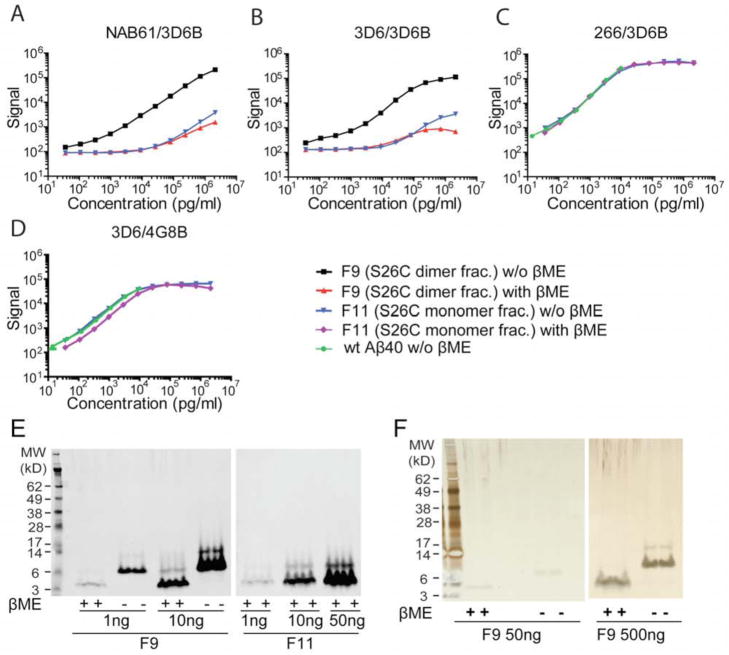Figure 1. 3D6/3D6B and NAB61/3D6B ELISAs specifically recognize Aβ dimers but not monomers.
Both NAB61/3D6B (A) and 3D6/3D6B (B) show wide dynamic ranges for quantifying SEC-purified Aβ S26C dimer (F9; black squares), but do not detect F9 reduced to monomers by βME (red triangles) or Aβ S26C monomers (SEC F11; blue inverse triangle). Conventional Aβ ELISAs 266/3D6B (C) and 3D6/4G8B (D) detect F11 (blue inverse triangles), β ME-treated F11 (purple diamond), and the wt synthetic Aβ40 (green circles) equally well, indicating that β ME does not interfere. Data are means ± SEMs (error bars too small to see on this log scale). (E, F) βME effectively dissociates the SDS-stable S26C dimers of F9 into monomers, with small amounts of residual dimers (<10%). At high concentrations, the F11 monomer fraction can be seen to have small amounts of dimers. (E: 3D6 WB; F: silver stain).

